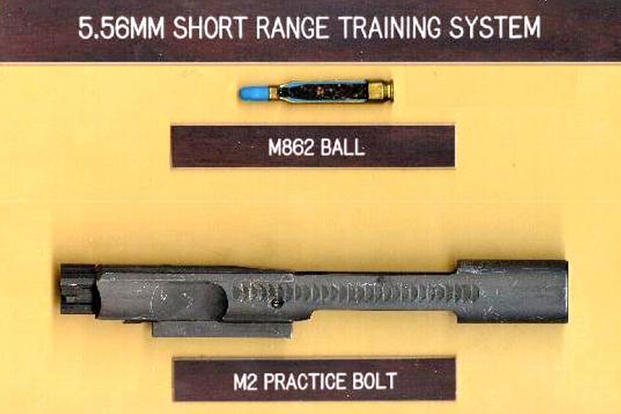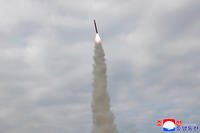The Army is getting the lead out -- of small-caliber ammunition, that is.
Military ranges across the globe are contaminated with lead from spent bullets. In an effort to go "green," researchers discovered a substitute with less impact on the environment. Tungsten, a naturally occurring heavy metal, eventually will replace lead in all small-caliber ammunition.
"The goal all along was to have a direct substance material that has the same performance requirements as lead," said John Middleton, technical executive for Environmental Armament Technology at U.S. Army Operations Support Command in Rock Island, Illinois.
Tungsten fits the bill. Since 1995, researchers at the U.S. Army Armament Research, Development and Engineering Center at Picatinny Arsenal in New Jersey have produced a million rounds for testing, using two versions: tungsten-tin and tungsten-nylon mix. The material perfectly replicated toxic lead -- and with far less environmental impact.
Middleton says tungsten has passed environmental tests conducted by the Army and the Department of Energy. Tungsten was fired into dirt containers, and then water was passed through the soil. In addition, worms were placed into soil contaminated with tungsten. In all cases, no adverse effects were recorded.
"There are no apparent environmental problems with the material," Middleton said.
Environmental groups agree.
"Tungsten appears to be less reactive in the environment," said Marie Studor, spokeswoman for the Earthwatch Institute.
Ammunition Contract Awarded
Alliant Techsystems was awarded a $13.5 million contract to produce lead-free 5.56 mm training ammunition last week. It is the first step in the Army's plan to remove lead from all small-caliber ammunition by 2005. The other services will do the same, Middleton said.
Alliant eventually will produce "green ammunition" for the 7.62 mm, .30-caliber and .50-caliber, averaging 450 million rounds a year.
Historically, lead was used in projectiles for weight and stability. "Lead was the silver bullet; it had the weight, ballistic and terminal effects needed," Middleton said. "It was also a cheap material."
Higher Production Cost, But Savings Elsewhere
Tungsten is everything lead is -- except cheap. A lead bullet costs the Army half-a-penny apiece. Tungsten takes the price to eight cents.
"It's a fairly sizable cost increase," Middleton admitted. But, he says, the life-cycle savings may outweigh the costs in the long run.
Army researchers will continue investigating ways to overcome the price increase, but switching from lead may drive down costs elsewhere.
For example, members of the Massachusetts National Guard currently travel to Fort Drum, N.Y., for weapons qualifications, because the Massachusetts Military Reservation ranges are closed due to lead contamination. The same problems have existed in Alaska.
"That costs money to move Guard units for training," Middleton said.
Tungsten will also reduce the need to clean ranges contaminated with lead periodically.
There are health benefits as well. In the past, worms have eaten the lead, birds have eaten the worms, and duck hunters have eaten the ducks -- spreading lead poison into humans.
The change from lead to tungsten will also be "invisible" to the user, Middleton said.
"It is a seamless change," he said.
Want to Know More About the Military?
Be sure to get the latest news about the U.S. military, as well as critical info about how to join and all the benefits of service. Subscribe to Military.com and receive customized updates delivered straight to your inbox.














